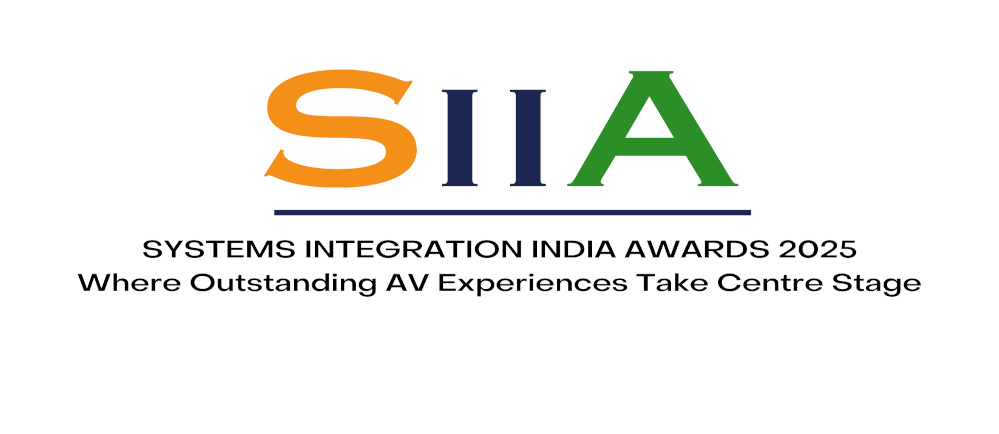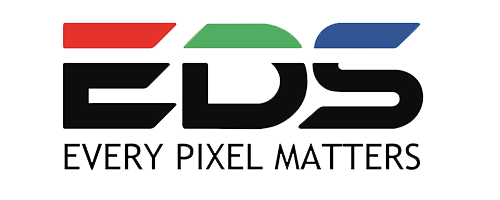BUDGET: 10 crore INR and above (USD1.48 million and above)
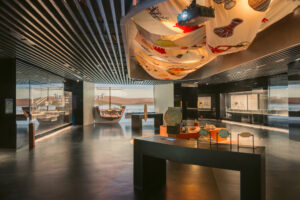
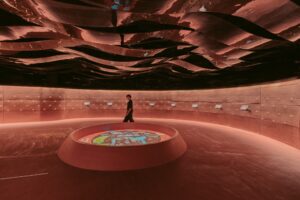

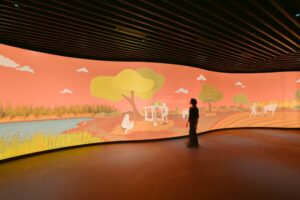

Project Overview
The Anant Anadi Vadnagar Archaeological Experiential Museum offers an immersive journey into the city’s rich history and archaeological discoveries. Located beside the Amba Ghat excavation site, it showcases over 6,000 artefacts through curated narratives, scenography, audiovisuals, and interactive media.
The City Gallery allows visitors to walk over the excavation site and experience Vadnagar’s historic streets, markets, and public spaces—showcasing ancient town planning, water systems, and old fortification walls that reflect the city’s continuity. The Belief Gallery reflects spiritual coexistence, featuring stories of Nagar Brahmins, Jain munis, and Buddhist monks—evidenced by finds like the Bodhisattva sculpture. The Lifestyle Gallery explores daily life through tools, pottery, and other day-to-day objects. The Excavation Gallery presents key findings via 3D models and simulations, acting as a precursor to the ambaghat excavation site experience. The Future Gallery invites reflection, enabling visitors to connect past knowledge to build a collective future ahead. The museum transforms every artefact into a story, bridging past and present through meaningful engagement.
What did the client want to achieve?
The client envisioned an experiential museum that goes beyond conventional artefact displays to bring alive the context, meaning, and stories behind each object. The Vadnagar Archaeological Experiential Museum was designed to meet international standards—not just in form, but in narrative depth and visitor engagement. Its core objective is to interpret Vadnagar’s historical timeline through a layered, immersive experience. Artefacts are not isolated exhibits but are woven into larger narratives exploring the city’s beliefs, lifestyles, architecture, and cultural evolution. A key focus is the interpretation of archaeological findings, linking them to the everyday lives of the people who once inhabited the region. The museum bridges the past and present, offering insights into how earlier communities lived and evolved. Using scenography, audiovisuals, interactive technology, and participatory storytelling, the museum becomes a space for reflection, learning, and inspiration—making heritage accessible and relevant to contemporary audiences.
Scope of work your company was involved in
Design Factory India (DFI) was appointed as the Curation and Exhibit Design Agency for the Vadnagar Archaeological Experiential Museum, leading the design of the museum and visitor experiences. As vision leader, DFI shaped the curatorial direction, coordinated with stakeholders, and ensured seamless realisation of the design intent. The process began with extensive research—studying over 6,000 excavated artefacts and mapping Vadnagar’s historical fabric to embed spatial memory into the design. This informed a narrative-led approach combining scenography, immersive environments, and artefact interpretation. Space planning defined visitor flow, zoning, and gallery sequencing, balancing high-impact master shows with informative exhibits and contemplative break areas. Each gallery blended physical and digital media—interactive installations, films, 3D visualisations, and custom showcases—to deepen engagement. DFI also supported visitor experience management by deploying trained ushers and curating events to activate the space. Varied stenographic treatments across galleries created distinct spatial and emotional identities. The design moved beyond conventional displays, offering a layered, multisensory experience that brings to life the site’s history through form, media, and space.
What Key Challenges were faced?
A key challenge was transforming extensive historical and archaeological content into a visitor-centric narrative that remained both authentic and engaging. This meant distilling complex information into clear, emotionally resonant stories that could be universally understood. While technology offers dynamic ways to communicate, it was crucial to balance digital elements with physical exhibits so that tech enhanced, not overwhelmed, the experience. Choosing the right medium—static, interactive, audiovisual, or tactile—required a profound grasp of content, spatial limits, and visitor behaviour. The design needed to engage diverse audiences, from children and casual visitors to scholars, using layered content and intuitive spatial planning for ease and accessibility. The project also demanded coordination across a large multidisciplinary team, making timelines and decisions critical. Ultimately, the museum had to speak to all—children, tourists, researchers—inviting them to connect with Vadnagar’s stories in their way. Designing for diverse engagement levels while maintaining clarity, inclusivity, and depth was a challenge—and one of the project’s most rewarding aspects.
How were those challenges resolved?
The challenges were met through a research-driven, iterative design process that balanced content integrity, user engagement, and experiential clarity. Ongoing collaboration with subject-matter experts helped simplify complex historical and technical data into compelling, accurate narratives without overwhelming visitors.
Multiple rounds of prototyping, mock-ups, and on-site testing informed exhibit formats and spatial layouts. These exercises revealed insights into visitor flow, attention spans, and interaction styles, guiding the choice of media—tactile, audiovisual, interactive, or static—based on their impact and relevance. Designers worked closely with technology experts to integrate digital tools with physical displays, using immersive media and layered visuals to enhance storytelling without overshadowing the tactile experience. Every design element was carefully tested and validated before final implementation, ensuring aesthetic cohesion and a visitor journey that was both informative and emotionally resonant. This collaborative process not only addressed key challenges but laid the groundwork for a museum that connects deeply with diverse audiences.
How has your work helped the client
Our work has played a key role in positioning Vadnagar as a significant cultural and heritage destination. By creating a permanent curated space for its archaeological findings, the museum now serves as both a repository and showcase of the city’s rich, layered history. This has placed Vadnagar on the tourist map, attracting visitors, researchers, and heritage enthusiasts from across India and beyond. More than a museum, the project was envisioned as a catalyst for Vadnagar’s transformation into a heritage city. The design extended beyond the building, integrating with the town’s urban and cultural fabric through strategic heritage circuits and tourism plans that connect the museum to living traditions and historic landmarks. The museum also had a profound emotional impact on the local community, fostering pride and a sense of belonging. The content was crafted to resonate with a broad audience, from children and tourists to elders and scholars. In doing so, the project not only fulfilled the client’s vision but also brought the remarkable story of a small town into the national spotlight through a design that is inclusive, impactful, and forward-looking.
What are you most proud of about the project?
The museum’s transformative impact on the cultural landscape of Vadnagar stands out as a key achievement. It has fostered a deep sense of pride and connection among the local community by narrating the region’s rich history through compelling and accessible storytelling. Since its inauguration, the museum has seen a steady rise in footfall. It has been widely appreciated by visitors from across India and abroad, establishing itself as a significant cultural attraction. It serves not only as a space for public engagement but also as a valuable repository for students, scholars, and researchers in the fields of history and archaeology. Regular school visits and academic interest have reinforced the museum’s role as an educational hub, encouraging younger generations to connect with their heritage. There is deep satisfaction in seeing people emotionally connect with the story, sparking curiosity, changing mindsets, and cultivating pride in their roots. The museum plays a vital role in exposing the next generation to understand the relevance of archaeology in shaping identity and continuity.
VIDEO: https://youtu.be/t2ArlrAim4w
